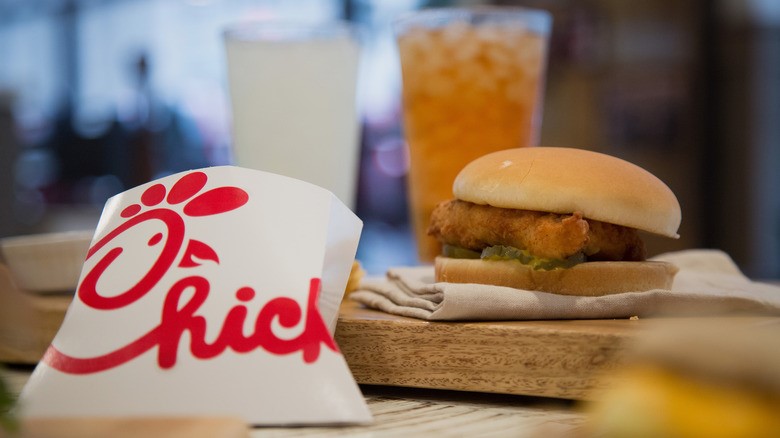“Fast fashion is not free. Someone, somewhere is paying the price,” stated Lucy Sigle, a British journalist. Fast Fashion is the rapid production of inexpensive and low quality clothing. They encourage consumers to keep buying more and more because of the good prices and constant releases. Some examples of brands like this are Shein, Zara and H&M. The model for fast fashion started in the 1970’s when brands started to produce their clothing in other countries particularly in Asia. They did this because they knew they could get away with paying their workers lower wages. It became even more popular in the 1990s because brands had to keep up with changing trends. Recently, fast fashion has become even more popular and normalized.
Fast Fashion has many negative effects on our planet. This is because of the low quality fabrics these brands use to make their clothes. “Moreover, fast fashion companies primarily use synthetic fibers, such as polyester, nylon, and acrylic. All of these materials are inexpensive to produce, but they are derived from fossil fuels. Hence, items made from these materials are not biodegradable and will remain in landfills for centuries” (Kelleher).
When brands use cheap fabrics, they end up harming the environment because they go to landfills and do not decompose. In order to help to protect our environment, brands should invest in higher quality fabrics that will benefit our planet and their consumers. Seventh grade student Casey Smith stated, “I buy from Shein, I know it is bad quality, but I do it because it is cheap.”
Fast fashion workers deal with horrible working conditions every day. They make little money but spend countless hours of their time working for people who don’t appreciate them. Sustainyourstyle.org stated, “Garment workers are often forced to work 14 to 16 hours a day, 7 days a week. During peak season, they may work until 2 or 3 am to meet the fashion brand’s deadline. Their basic wages are so low that they cannot refuse overtime.”
Despite the long and brutal hours these workers put in, the factory workers make such little money in return for all of their work. Media Specialist Mr. Andrew Cusumano stated “In some countries where clothes are manufactured, the conditions are not as good as they could be.”
Overconsumption is when people buy more things than they need. Fast fashion brands encourage overconsumption because they are constantly releasing new clothes. This persuades consumers to buy more. Eighth grade student Ariana Chafetz stated, “I buy from fast fashion all the time. I buy new clothes about once a week.”
Many Edison Intermediate School (EIS) students buy from fast fashion companies. Some of the most popular brands for EIS students are Hollister, Shein, Nike, Brandy Mevlille, Zara and Edikted. Almost all of these brands fall under the category of fast fashion. Many students don’t even know much about what fast fashion is or what they are buying.









Linda Berlinger • Apr 24, 2025 at 1:26 pm
Thank you ladies for making me aware of the concept of “ fast fashion “. I had no idea that so many of the labels I normally buy were involved. It’s so sad to think about the conditions the workers have to endure.
Keep spreading the word !!!